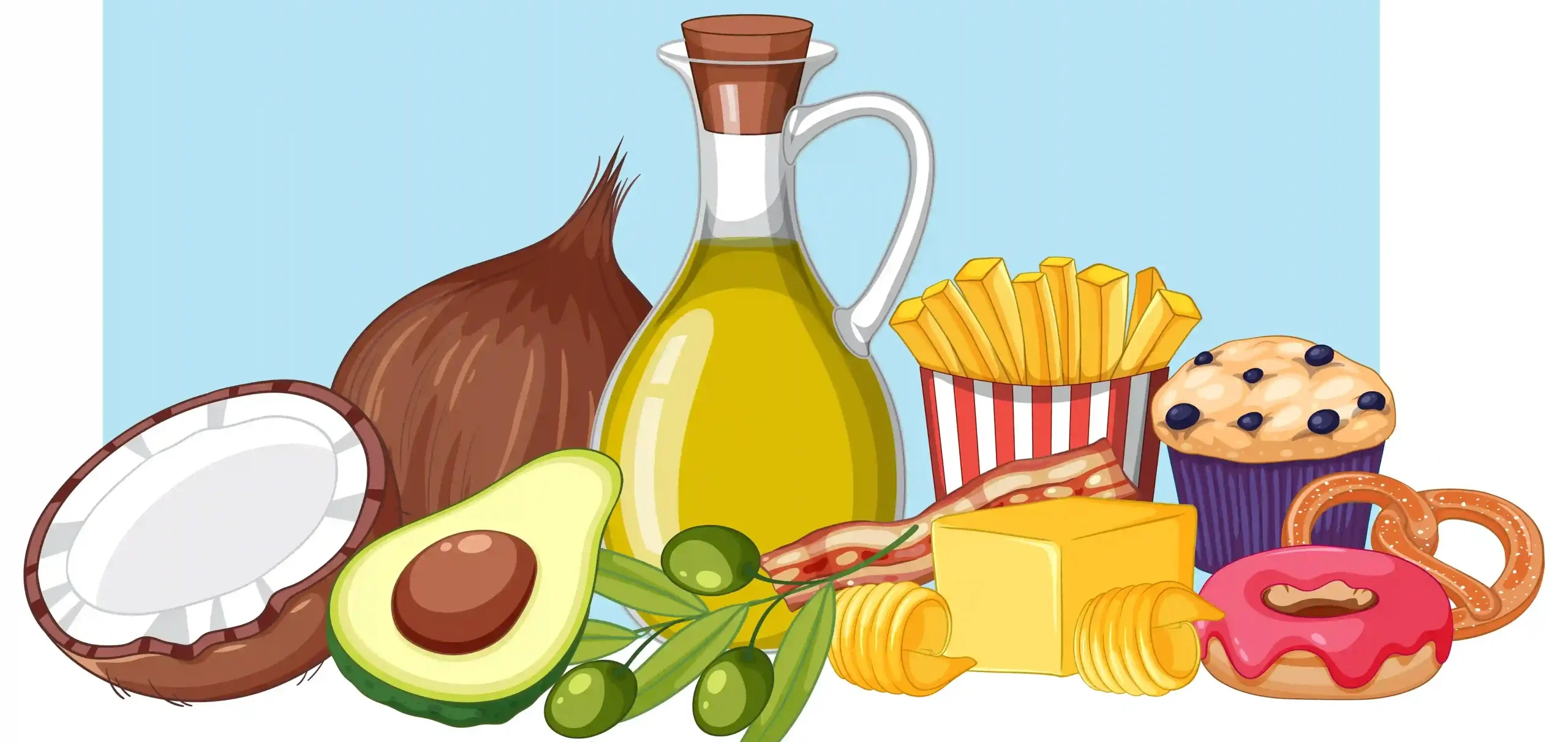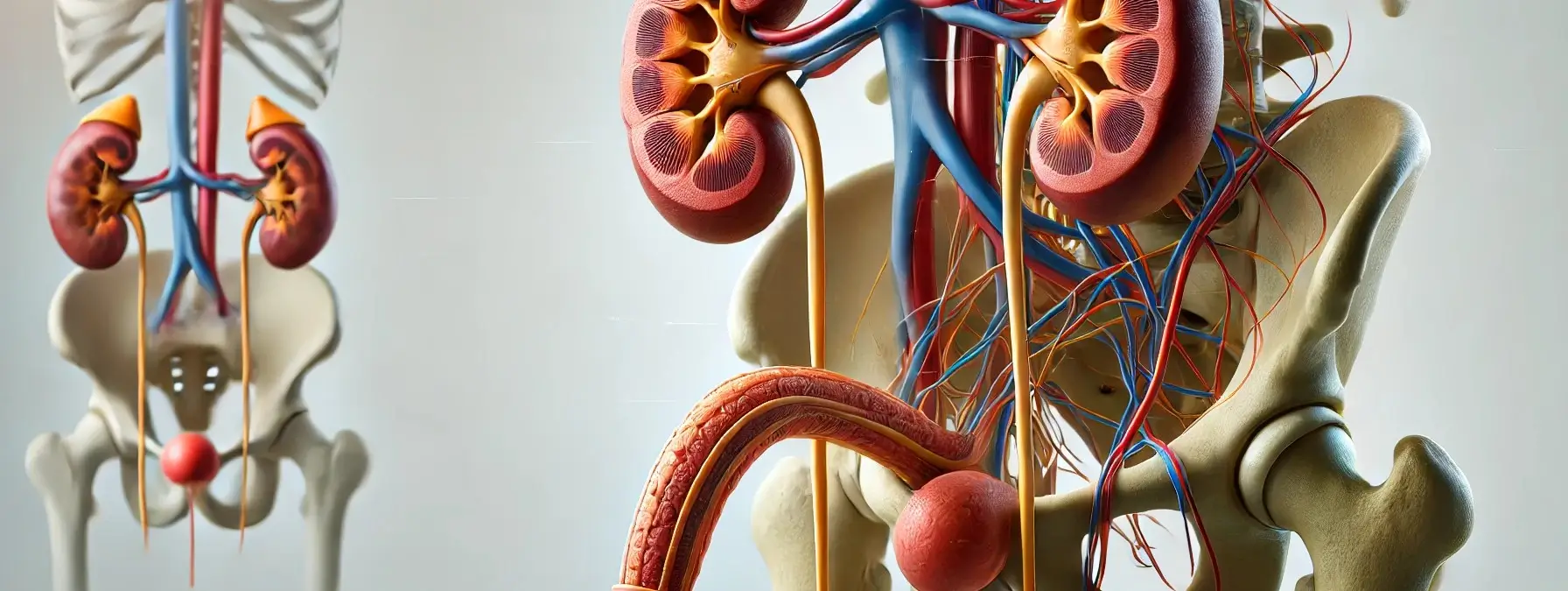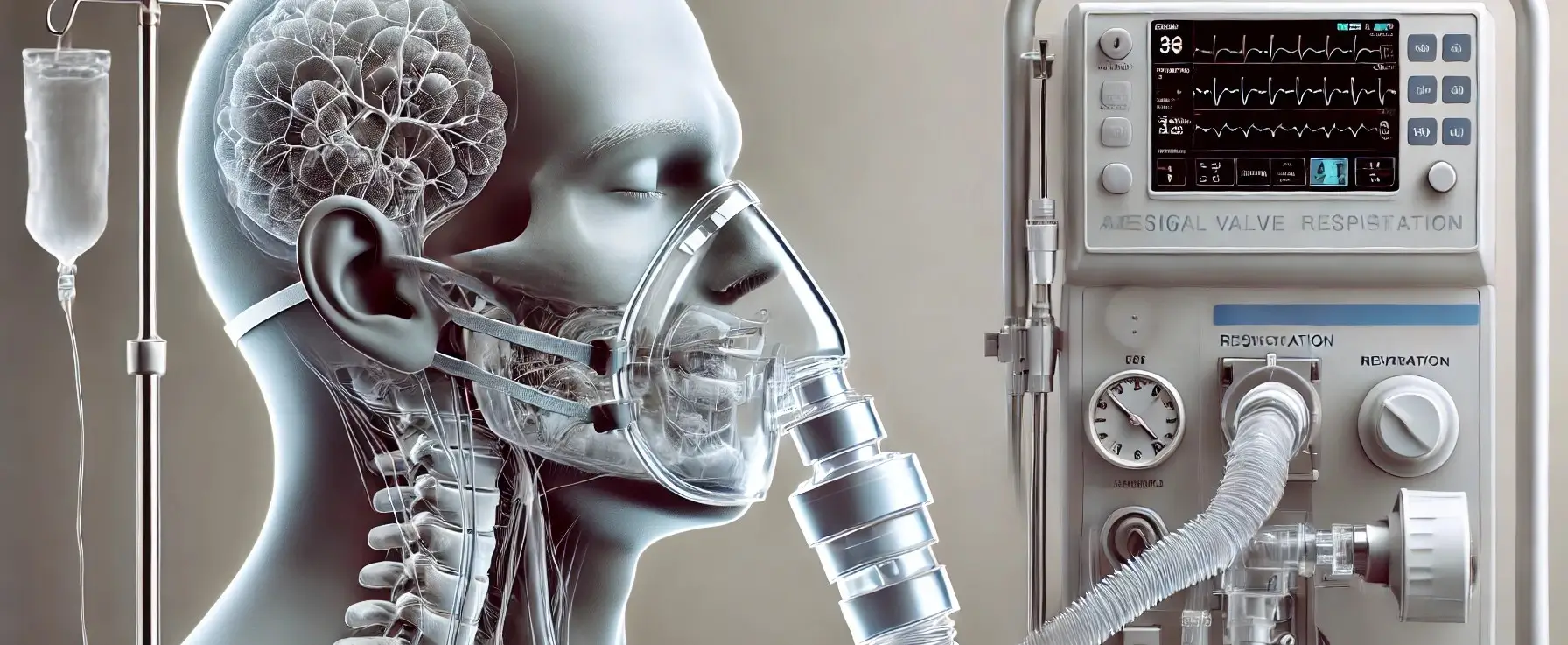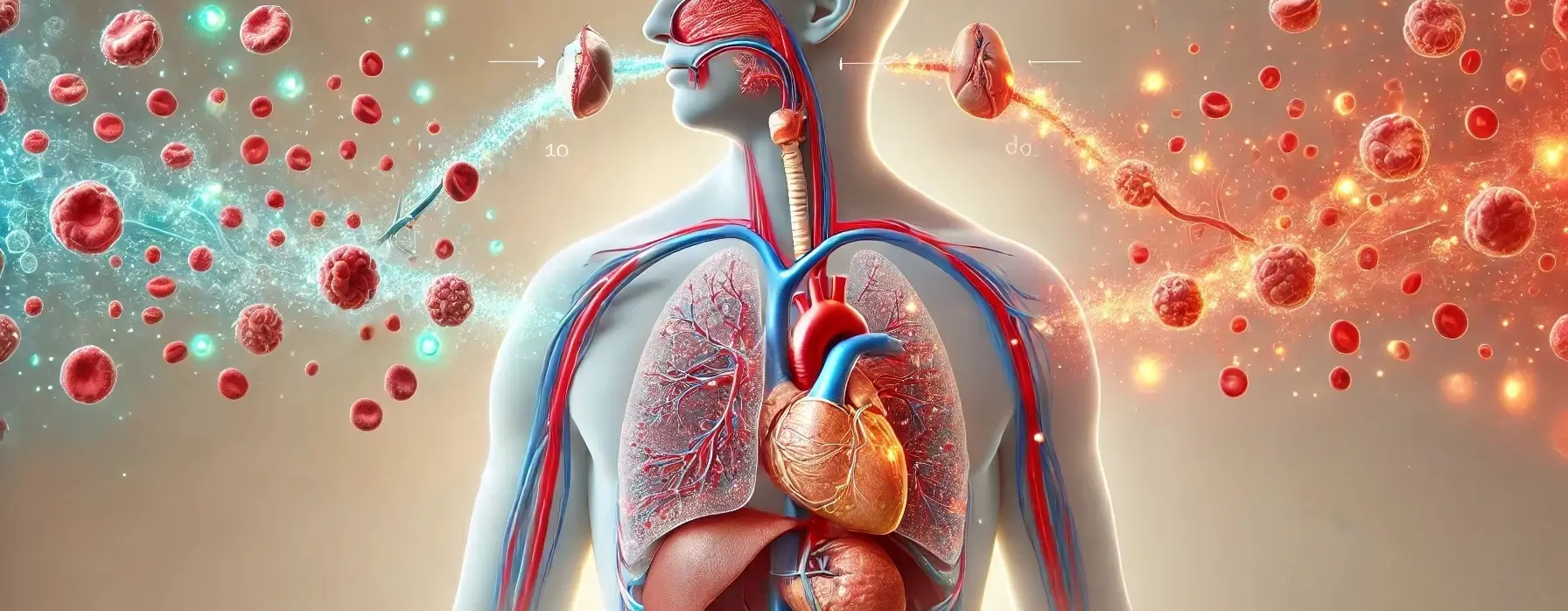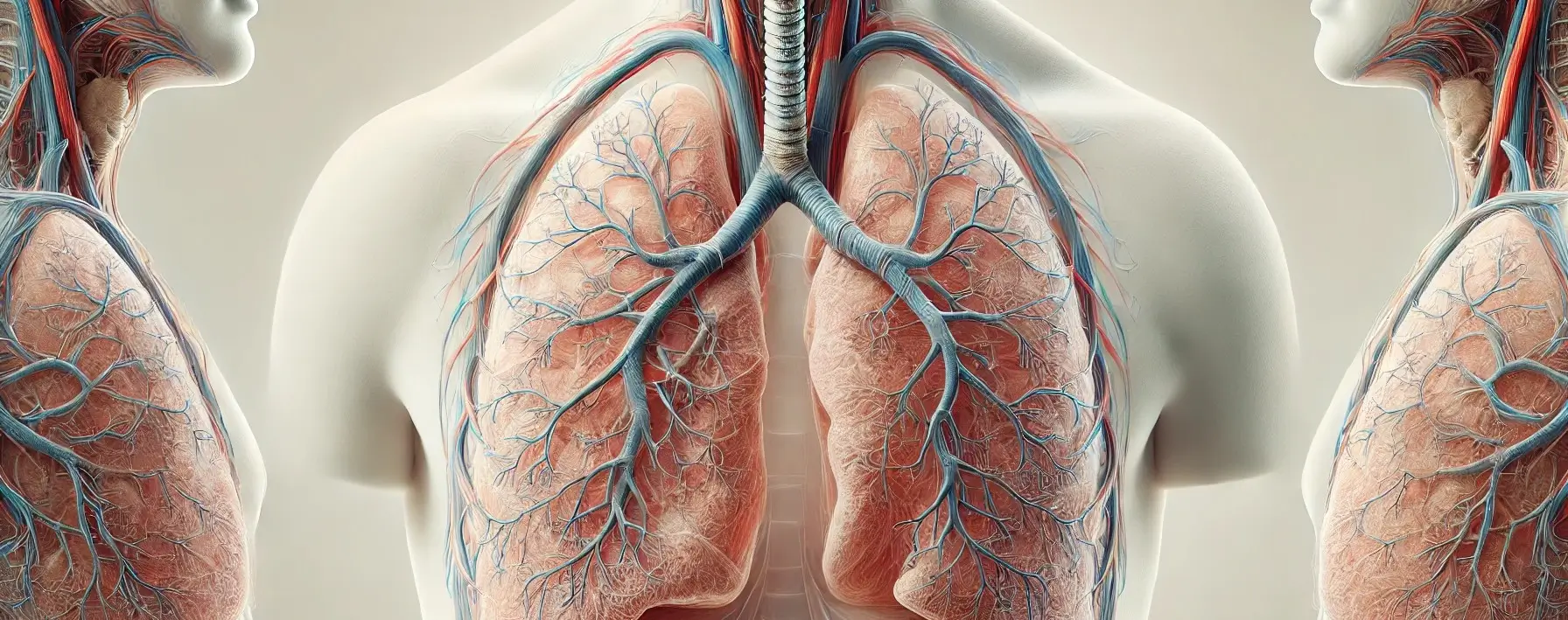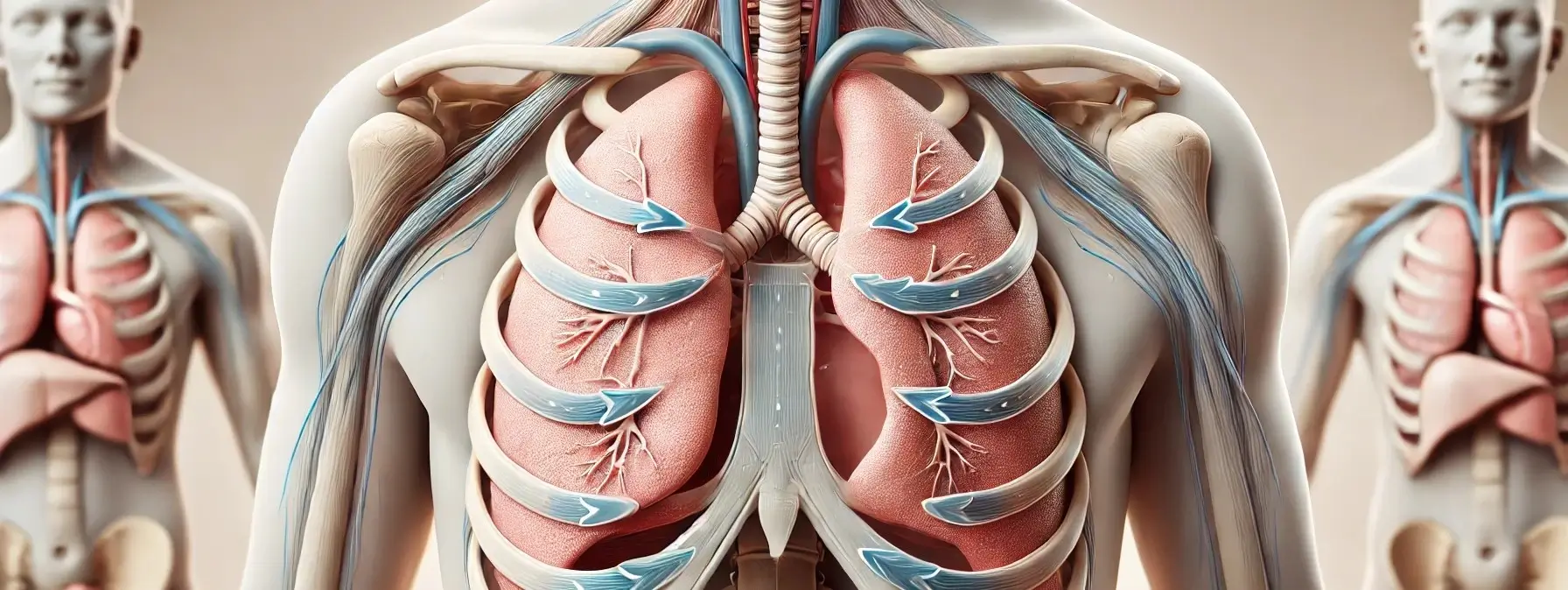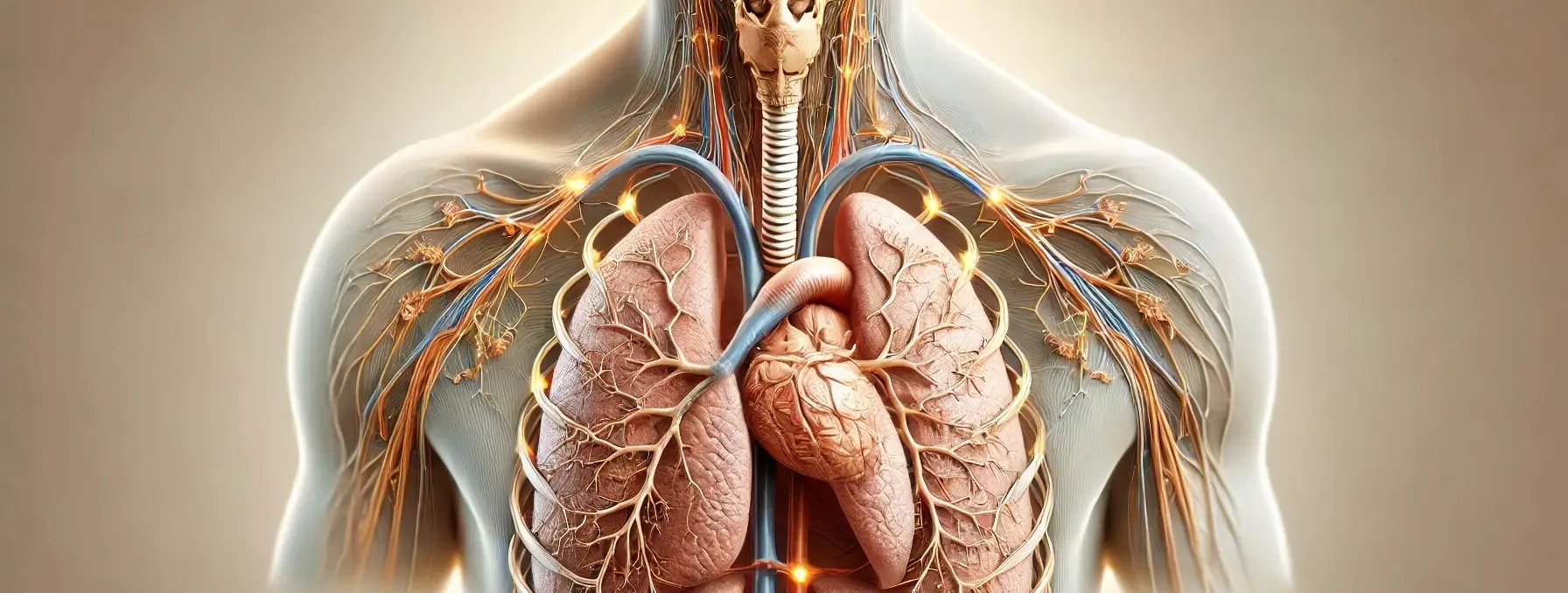Acid Value (AV)
Definition of Acid Value (AV): The acid value is the amount of potassium hydroxide (KOH) in milligrams required to neutralize the free fatty acids in 1 gram of fat or oil. Significance: Indicates the extent of hydrolysis of triglycerides in the fat or oil, as it measures the amount of free fatty acids present. Higher … Read more



